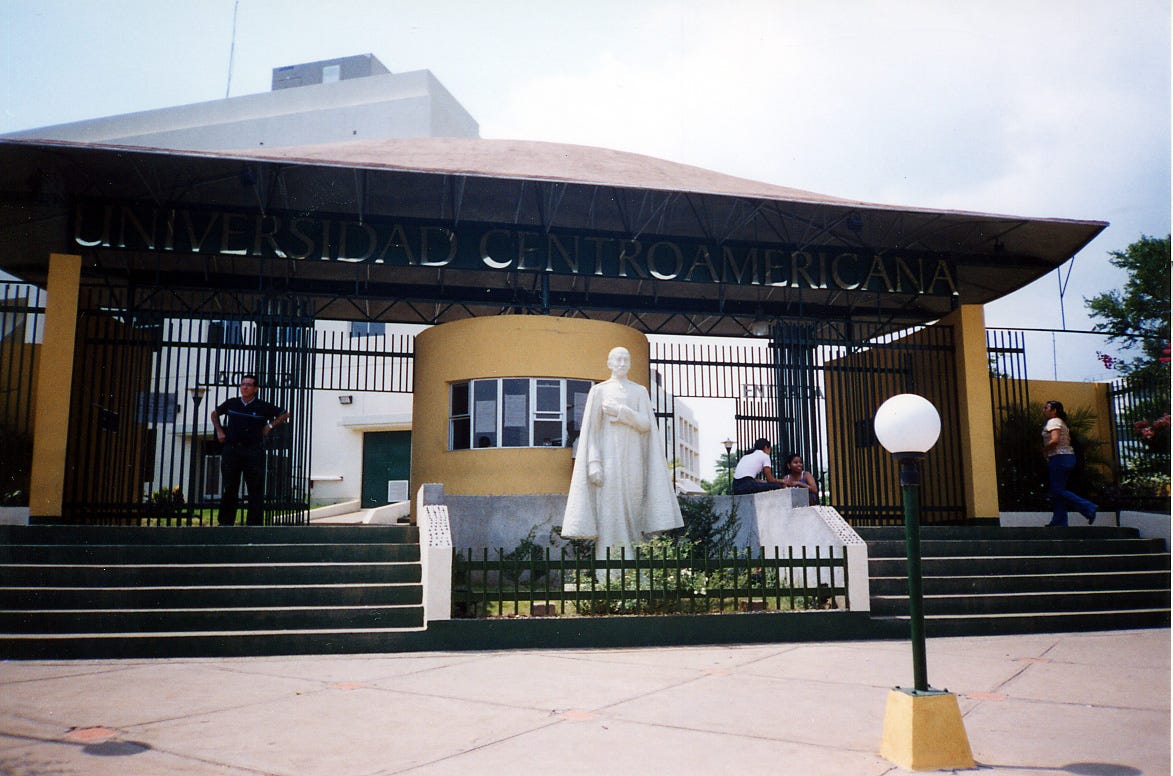Jesuits face crackdown, after long history with Nicaragua's Ortega
When Daniel Ortega seized power in 1979, Jesuits were by his side. Now the Society of Jesus could be expelled from Nicaragua.
Nicaragua’s government announced Aug. 23 that the legal identity of the Society of Jesus in the country had been officially revoked. The dissolution includes the seizure of all assets and properties of the Jesuits in the country and, potentially, the expulsion of the order’s members.

